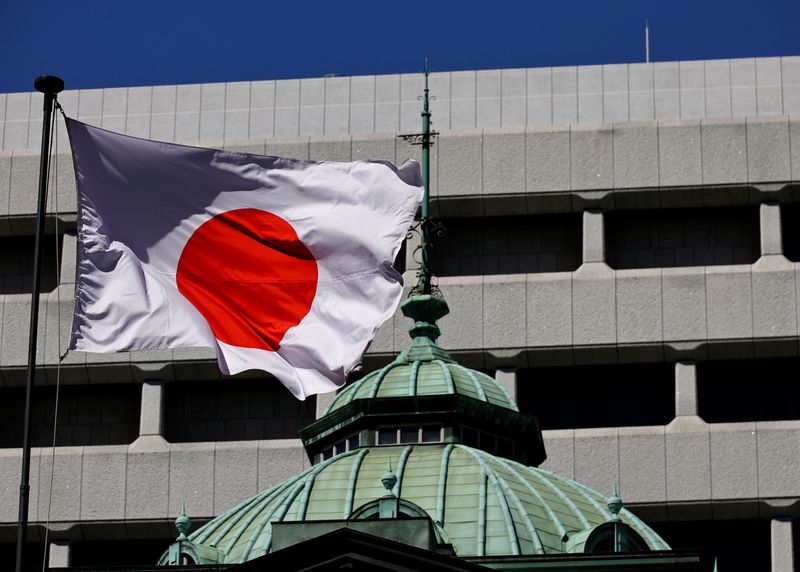BOJ to keep policy steady, signal more rate hikes to come
2024.09.19 17:19
By Leika Kihara
TOKYO (Reuters) – The Bank of Japan is set to keep monetary policy steady on Friday, but signal its confidence that solid wage growth and consumption will allow the central bank to raise interest rates again in coming months.
Such hawkish communication would contrast with many other central banks that are now shifting to a rate-cut cycle, including the U.S. Federal Reserve, which delivered an oversized reduction in borrowing costs on Wednesday.
The divergence may cause more turbulence in markets with expectations of narrowing U.S.-Japan interest rate differentials already helping the yen rebound to around 143 versus the dollar, off the nearly three-decade low of 161.99 hit in early July.
Markets are focusing on any hints from Governor Kazuo Ueda on the timing and pace of future rate hikes at his post-meeting news conference.
“Having just raised rates in July, the BOJ will likely prefer to scrutinise market developments for the time being,” said former BOJ official Nobuyasu Atago.
“It’s natural to think the next rate hike will come in December” so the BOJ can gauge the impact of the Fed’s rate cut as well as political events such as Japan’s ruling party leadership race and the U.S. presidential election, he said.
At a two-day policy meeting concluding on Friday, the BOJ is widely expected to keep short-term interest rates steady at 0.25%, and maintain its view the economy will continue to recover moderately as rising wages underpin consumption.
A majority of economists polled by Reuters expect the BOJ to raise rates again this year with most betting on a December hike. None in the poll projected a rate increase this month.
The BOJ ended negative interest rates in March and hiked short-term rates to 0.25% in July, in a landmark shift away from a decade-long stimulus programme aimed at firing up inflation.
Governor Ueda has stressed the BOJ’s readiness to raise rates further if inflation remains on track to durably hit its 2% target, as the board currently projects.
The chance to check data against such projections more carefully would come at the BOJ’s Oct. 30-31 meeting, when the board will conduct a quarterly review of its forecasts.
Japan’s economy expanded an annualised 2.9% in April-June and real wages rose for two straight months in July, easing fears that rising living costs will dent consumption.
But soft demand in China, slowing U.S. growth and the yen’s recent rebound cloud the outlook for the export-reliant country.

Market volatility remains a key concern for BOJ policymakers after the July rate hike and hawkish remarks from Ueda triggered a yen spike and sharp falls in equity prices.
Several BOJ policymakers have called for scrutinising market moves in setting policy. But they also reiterated the bank’s readiness to keep raising rates, with one hawkish board member saying short-term rates must eventually go up to around 1%.








